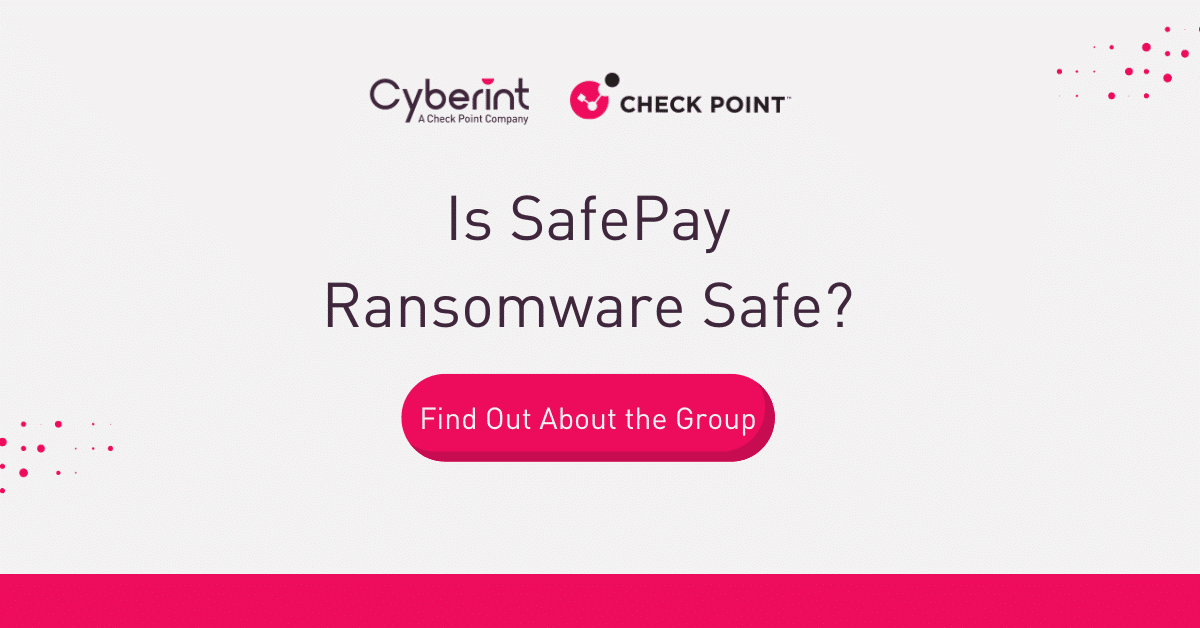



Itai Dahari is a cybersecurity professional residing in Tel Aviv. Itai's journey with various roles and positions has led him to launch a career in the cybersecurity realm. Alongside his role as a CTI Analyst on Anastasia Plotkin’s Americas Team at Cyberint, he finds joy in music and sports.
Voice authentication is a biometric security method that verifies individuals based on their unique vocal characteristics. It has become increasingly popular in various applications, ranging from phone banking to smart home devices. However, the rise of deepfake technology poses a significant threat to the integrity of voice authentication systems.
Deepfakes are highly realistic artificial audio clips that can be used to impersonate someone else’s voice. This makes it possible for attackers to bypass voice authentication systems and gain unauthorized access to accounts or systems.
Deepfake technology uses artificial intelligence algorithms to manipulate or generate synthetic media, including images, videos, and audio. Initially popularized for creating realistic fake videos, deepfakes have now advanced to include voice synthesis capabilities. This raises concerns about the authenticity and reliability of voice-based security systems.
Traditional voice authentication systems typically use a variety of features, such as pitch, intonation, and pronunciation patterns, to verify a user’s identity. However, deepfakes can replicate these features with remarkable precision, making it difficult for conventional systems to differentiate between a genuine voice and a well-crafted deepfake.
Adversarial attacks involve intentionally manipulating the input to deceive a machine learning model. In the context of voice authentication, an adversary could use deepfake techniques to generate synthetic speech that matches the target individual’s voice characteristics. By doing so, the adversary could potentially bypass voice authentication systems and gain unauthorized access to sensitive information or resources.
To counter deepfake threats, researchers are exploring multimodal approaches that combine multiple biometric modalities to enhance the security of voice authentication. By integrating voice with other biometric factors, such as facial recognition or fingerprint scanning, the system can achieve a higher level of confidence in the user’s identity, making it more resistant to deepfake attacks.
Developing robust anti-spoofing techniques is crucial for securing voice authentication systems. Anti-spoofing methods aim to detect and distinguish between genuine human voices and synthesized or manipulated audio. Advanced machine learning algorithms, such as deep neural networks, can be trained to recognize deepfake patterns and identify synthetic speech, strengthening the overall security of voice-based authentication.
Implementing continuous authentication mechanisms can provide an additional layer of security in the face of deepfake threats. Rather than relying solely on a single voice sample, continuous authentication monitors ongoing user behavior, including speech patterns, keystrokes, and mouse movements. This approach helps detect anomalies and ensures that the person accessing the system is indeed the authorized user.

To improve the resilience of voice authentication systems against deepfakes, it is essential to collect diverse and representative datasets during the training phase. This includes genuine voice samples and deepfake examples, which will allow the model to learn and generalize from a variety of scenarios. Regularly updating and retraining the system with new data can also enhance its ability to detect emerging deepfake techniques.
Given the rapidly evolving nature of deepfake technology, collaboration among researchers, industry experts, and policymakers is crucial. Establishing standards and best practices for voice authentication can help mitigate deepfake threats across different systems and industries. Collaboration also facilitates the sharing of knowledge and resources to develop more effective countermeasures.
Securing voice authentication in the deepfake era presents a significant challenge.
As deepfake technology advances, so must the countermeasures designed to protect voice-based security systems. By investing in research and development, implementing multimodal approaches, and raising awareness among users, we can build more resilient voice authentication systems that effectively combat the threat posed by deepfakes.
Cyberint’s impactful intelligence solution fuses real-time threat intelligence with bespoke attack surface management, providing organizations with extensive integrated visibility into their external risk exposure. Leveraging autonomous discovery of all external-facing assets, coupled with open, deep & dark web intelligence, the solution allows cybersecurity teams to uncover their most relevant known and unknown digital risks – earlier. Global customers, including Fortune 500 leaders across all major market verticals, rely on Cyberint to prevent, detect, investigate, and remediate phishing, fraud, ransomware, brand abuse, data leaks, external vulnerabilities, and more, ensuring continuous external protection from cyber threats.

Fill in your business email to start


